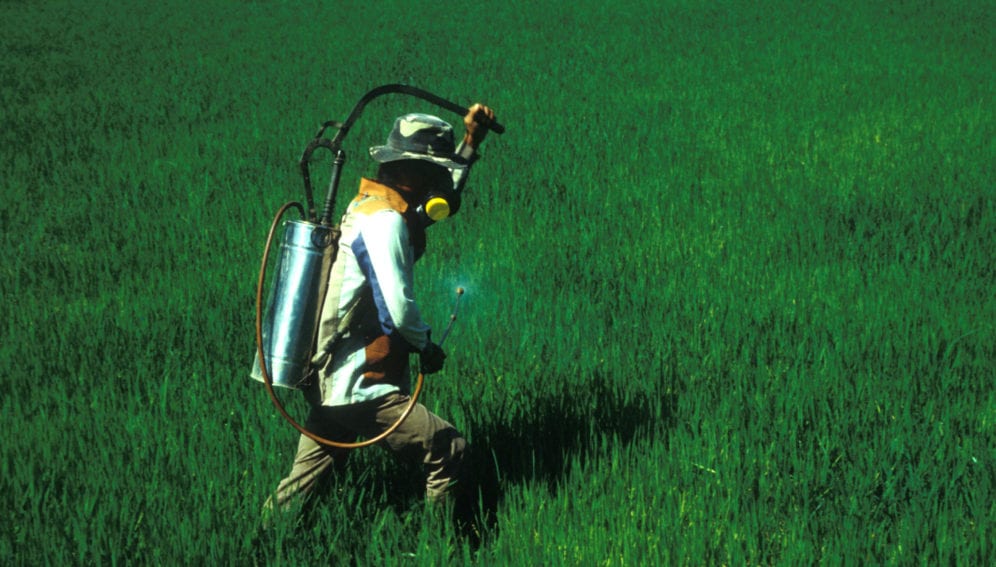Send to a friend
The details you provide on this page will not be used to send unsolicited email, and will not be sold to a 3rd party. See privacy policy.
[COLOMBO] A team of Sri Lankan and WHO scientists has linked the high prevalence of chronic kidney disease of uncertain aetiology (CKDu) on the island to indiscriminate use of agrochemicals including fertilisers and pesticides.
In its final report released on February 28, the team, led by WHO researcher Shanthi Mendis, identified districts in the north, centre and east of the island and the rice-growing areas as "most vulnerable".
While uncertainty prevailed over the exact cause of CKDu, the number of affected people in the country had grown to 450,000, according to estimates by the health ministry, which commissioned the WHO study.
WHO representative in Sri Lanka, Firdosi Rastam Mehta, told SciDev.Net that a new form of chronic kidney disease unlinked to diabetes mellitus, hypertension, kidney damage or other known causes, has emerged in the identified areas.
The new disease has been characterised as "slowly progressive, probably starting in the second decade of life, and asymptomatic (without apparent symptoms) until very advanced," said health secretary Nihal Jayatillake.
SPEED READ
- New form of chronic kidney disease caused by agrochemicals identified
- WHO study shows extensive distribution of pesticides in Sri Lanka
- More research called for to stem a growing public health crisis
The researchers found one or more pesticide residues above reference levels in 31.6 per cent of people living with CKDu.
These residues, according to government epidemiologist Paba Palihawardene, are demonstrative of the extent of the environmental distribution of pesticides, which may be contributing to the prevalence of the disease.
Cadmium, lead and arsenic values in phosphate fertilisers from the endemic areas are higher than the levels reported in agricultural soils in many other countries, according to the study. It detected pesticide residues in urine, hair and nail samples taken from people in the worst-affected North Central Province.
"There is strong evidence available of chronic exposure to low levels of arsenic, and in susceptible individuals, co-exposure to low levels of cadmium and arsenic giving rise to more pronounced renal (kidney) damage than exposure to each element alone," Priyani Paranagama, head of the chemistry department, Kelaniya University, told SciDev.Net.
CKDu involves kidney damage and loss of the organ's function of excreting waste products over three or more months. The absence of clinical symptoms until late stages makes diagnosis and treatment difficult.
The WHO study called for a robust regulatory framework "to improve the quality control of imported fertilisers, particularly with regard to nephro-toxic (harmful to kidneys) agents such as cadmium and arsenic."
Oliver Illeperuma, head of the chemistry department, Peradeniya University, told SciDev.Net that more research was needed. "There are multiple causes identified through different research attempts, but we do not have sound knowledge on this growing health crisis," he said.














